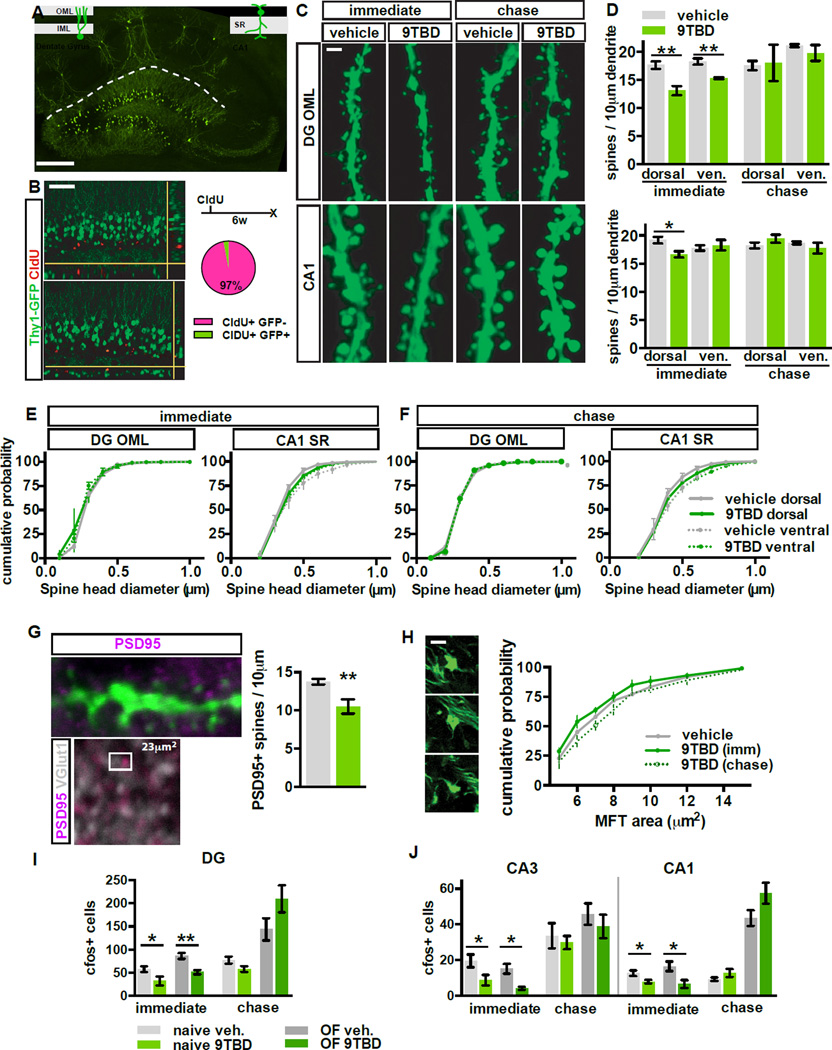Figure 2. Reversible overexpression of Klf9 transiently decreases dendritic spine density and activity of mature DGCs.
A) GFP is expressed in a subset of DGCs and CA1 pyramidal neurons in mDGK/K;Thy1-GFP(M)/+ mice. B) GFP+ DGCs in mDGK/K;Thy1-GF(M)/+ are 6 weeks of age or older. Confocal scans of the GCL showing 6 week-old DGCs (CldU+) expressing GFP (arrowhead indicates overlap, n=3).
C,D) Inducible Klf9 overexpression decreases dendritic spine density. (C) Maximum intensity projection confocal images of individual dendritic segments from OML (top) and CA1-SR (below) at the immediate and chase timepoint in mDGK/K;Thy1-GFP/+ mice. (D) Quantification of C (n=4,3).
E,F) The distribution of spine head diameter is unchanged in OML or SR of mDGK/K;Thy1-GFP/+ mice (E) at the immediate (F) and chase timepoints (n=4,3 immediate, n=3,3 chase).
G) Inducible Klf9 overexpression decreases the density of PSD95+ dendritic spines. Left, top: overlap between PSD95 and GFP-expressing dendrite. Left, below: representative image from DG OML showing adjacent opposing puncta of PSD95 and Vesicular glutamate transporter-1 (vGlut1). Right: quantification of PSD95+ dendritic spine density in the OML (n=3,5).
H) Klf9 overexpression in mature DGCs does not affect MFT size. Graph displays the percentage distribution of MFT area (n=7[vehicle], 4[immediate], 3[chase]).
I, J) Klf9 overexpression in mature DGCs transiently decreases the cfos+ population at (I) the immediate timepoint (home cage (n=7,7), 30 minutes of open field exploration (n=6,3)) but not the chase timepoint (home cage n=6,6, open field n=3,3). Scale bar: 500µm (A), 20µm (B), 2µm (C,G,H).

